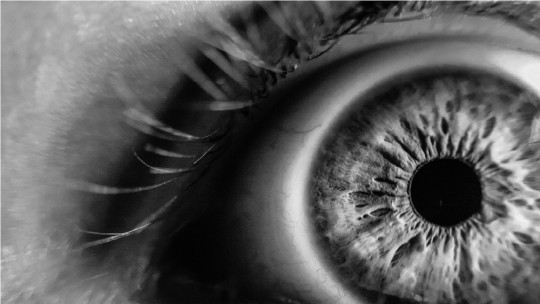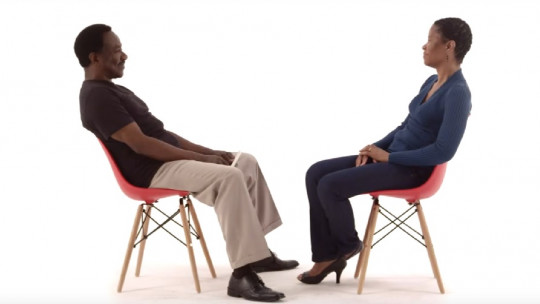
Being able to read the eyes of any person, woman or man has been one of those powers that have been popularly attributed to psychologists.
Although the idea that by observing someone’s gaze you can be able to know what they think is totally false and based on an exaggeration, the truth is that the signals sent by non-verbal language are very useful to know certain things about the state. emotional of others.
Now… how is it possible to better know what is happening in a person’s mind from observing their eyes? Let’s see it.
Communicating through the eyes
When we converse with someone face to face, a good part of our attention is focused on that person’s eyes, even if we don’t realize it. In normal situations, our gaze is focused on the other’s eyes for more than a third of the time that we spend talking, as long as we have that person in front of us and looking in our direction.
This indicates, among other things, that the eyes have great expressive power, in part because the muscles that intervene in their movement and that of adjacent areas reflect the state of emotional activation that marks each moment. We have evolved so that a small, almost imperceptible, millimetric movement is a message that allows us to know what is happening to the other without generating any noise But, in addition, we are able to take advantage of this fact to enhance it and learn more about others.
Read the eyes of women and men
The first thing to be clear about is that, although there are certain psychological differences between men and women in statistical terms, these do not exist when reading someone’s eyes. Because? Among other things, because when it comes to experiencing emotions and responding to them, all human beings are quite similar.
The muscles that control eye movement and the adjacent areas do not move following patterns that show in detail what is thought, but in any case they express sensations and emotions in the most basic sense. Thus, these small differences in the thinking styles of both sexes are not reflected in their gaze. Reading a woman’s eyes is not significantly different from doing so with any other type of person, for example.
If you are interested in knowing more details about the basic keys to reading eyes below you can find the main ones.
1. Brow lift
A raised eyebrow that is not exaggerated signals that the person pays more attention to controlling the way you communicate and that, in some way, tries to “take the helm” of its expressiveness in a semi-conscious way. However, if the movement is exaggerated this indicates distancing.
2. Dilation and contraction of the pupils
People cannot voluntarily control whether their pupils dilate or contract. This movement can be produced by many variables, such as lack or excess of light; However, it has been seen that it also influences if you see something or someone that is interesting or attractive in which case they open more.
3. Avoid looking into the eyes
There are two psychological aspects that can be indicated by a refusal to look another person in the eye. If this is done by keeping your gaze down or moving your eyes quickly from side to side, It is a sign of insecurity
On the other hand, if the gaze remains averted but does not look down or quickly sweep the surroundings, this is a sign of a feeling of superiority and dominance over the other person
4. The number of blinks
Blinks accurately reflect the degree of activation of a person’s brain. Someone who feels very nervous blinks more, and someone who you feel attracted to the person you are interacting with too, since your mind is performing many operations at once.
5. Squint
This sign indicates distancing and an emotional state linked to a defensive attitude For example, it may signal disbelief or anticipation of an attack.
6. The time elapsed during eye contact
Not only do you have to look at the contraction of the eye muscles: it is also good to take into account the time factor. That is why it is relevant to know how much time is spent maintaining eye contact with someone.
If you spend a lot of time looking into the other person’s eyes, this indicates willingness that there is a symmetric exchange of information both sides. On the other hand, if someone establishes less eye contact, this may indicate that he is hiding something and that he prefers not to offer vulnerable flanks from which he can be “attacked.”








